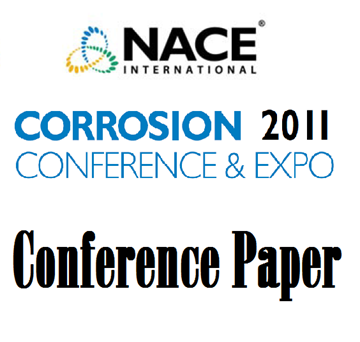Search
Products tagged with 'sulfide stress corrosion cracking'
View as
Sort by
Display
per page
11112 Difficulties inthe Use of NACE MR0175/ISO 15156
Product Number:
51300-11112-SG
ISBN:
11112 2011 CP
Publication Date:
2011
$20.00
Evaluation Of The Suitability Of As Bent Super Duplex Stainless Steel UNS-S32750 Tubing For Refinery Sour Services
Product Number:
51321-16850-SG
Publication Date:
2021
$20.00
Fracture Failure Analysis of Type HL Sucker Rod in H2S-CO2 Environment
Product Number:
51320-14649-SG
Publication Date:
2020
$20.00
Material Selection for CCUS Injection Well: A Case Study in North Sea
Product Number:
51324-21062-SG
Publication Date:
2024
$40.00
Resistance of U-bend and Integral Finned Duplex Stainless Steel UNS-S32205 and UNS-S32750 to Sulfide Stress Corrosion Cracking
Product Number:
51322-18038-SG
Publication Date:
2022
$20.00
Role of H2S In Localized Corrosion and Cracking of CRAs in Upstream Oil and Gas Applications
Product Number:
51317--9463-SG
ISBN:
9463 2017 CP
Publication Date:
2017
$20.00






